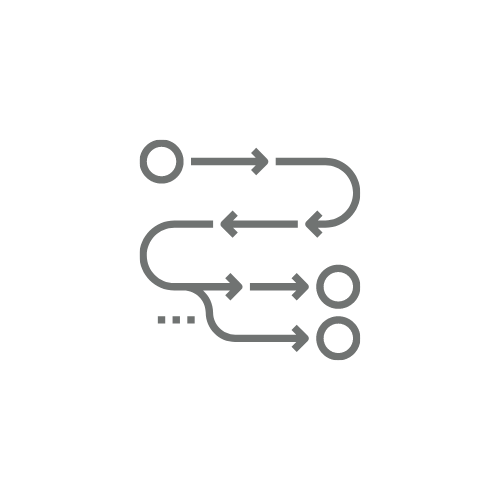

Yes, it's a drag-and-drop of the application itself, and I really like that, in particular because it's really fast compared to Windows installers.īUT: There is no drag-and-drop way to keep the readme file, the manual, the uninstaller, the plugins, the helpers, the extras, the optional files, the weblink. Of course, as has been pointed out in another thread here recently, the usual delivery mechanism for application bundles - disk images - seems to be deeply confusing for many users.

Installation (and uninstallation, which is more to the point) are in most cases on OS X, owing to the bundle structure of the applications, simply a matter of drag-and-drop. This of course totally foils the alleged easiness of installations under OS X. View image here: - View image here: - View image here:.
#Metadata in easyfind mac
Why, if the Mac Ach had a nickel for every time a Windows switcher thought drag-and-drop installation was "complex" in their first two weeks of ownership. No offense, but it is always amusing to watch these threads pop-up with someone who has switched. As another pointed out, to do a full-featured, fine-grained, system-wide search, you would use the Finder's "Find." command. Mainly meant to give a "user" quick access to their content, files, and features. Just to add a little color, the Spotlight Menu is meant as a "quick" find and access. If they're not, the developer is not being a very good Mac citizen. Unless you authorized the app in question to provide services to "All Users", any user "data" files for the app *should* be in the User/Library/ folders. In the Finder for "ControllerMate" and it's not finding any "ControllerMate" files, try doing a Find. Some apps junk up /Library/ and ~/Library/, I've noticed. ~/Library/Preferences - there may be a plist here You can spend a few bucks for AppZapper that looks in the canonical places and finds files, or you can use Hazel, which, for $20, does AppZapper's job except automatically when you trash it, and has a lot of other utility besides.

It's usually in one of the Application Support directories.Įdit: and uninstalling is lame on a Mac.
If you are curious where the binary file is that is getting run at login, look in the plist before you trash it and you should find the path. There are other archaic ways that are holdovers from Unix, but they are deprecated and some of them you have to have enabled yourself before they'll work. These are the 5 places to look when you're looking for apps that start at startup. Sys Prefs -> Account Prefs -> Login Items In OS X, installing is a breeze because it's just drag and drop, great, but if uninstalling means dragging the app to the Trash but keeping all the files it has spread all over my harddisk and I end up having tons of uninstallable startup items that eat away all my disk space and memory, I'd rather prefer the Windows way. Of course there are good reasons to hate Windows installers and uninstallers, but at least there you have them. I'm still too new to OS X to know all the relevant locations (just ask me where to look in Windows.). Searching ControllerMate with Spotlight also doesn't give me any results (probably because it's in a System folder). What are the standard locations in OS X where I can search for startup items? First place to look is of course SysPrefs > Users > Start Objects, but I can't find anything there. Activity Monitor shows me several processes running belonging to applications that I have removed immediately after testing and disliking them.


 0 kommentar(er)
0 kommentar(er)
